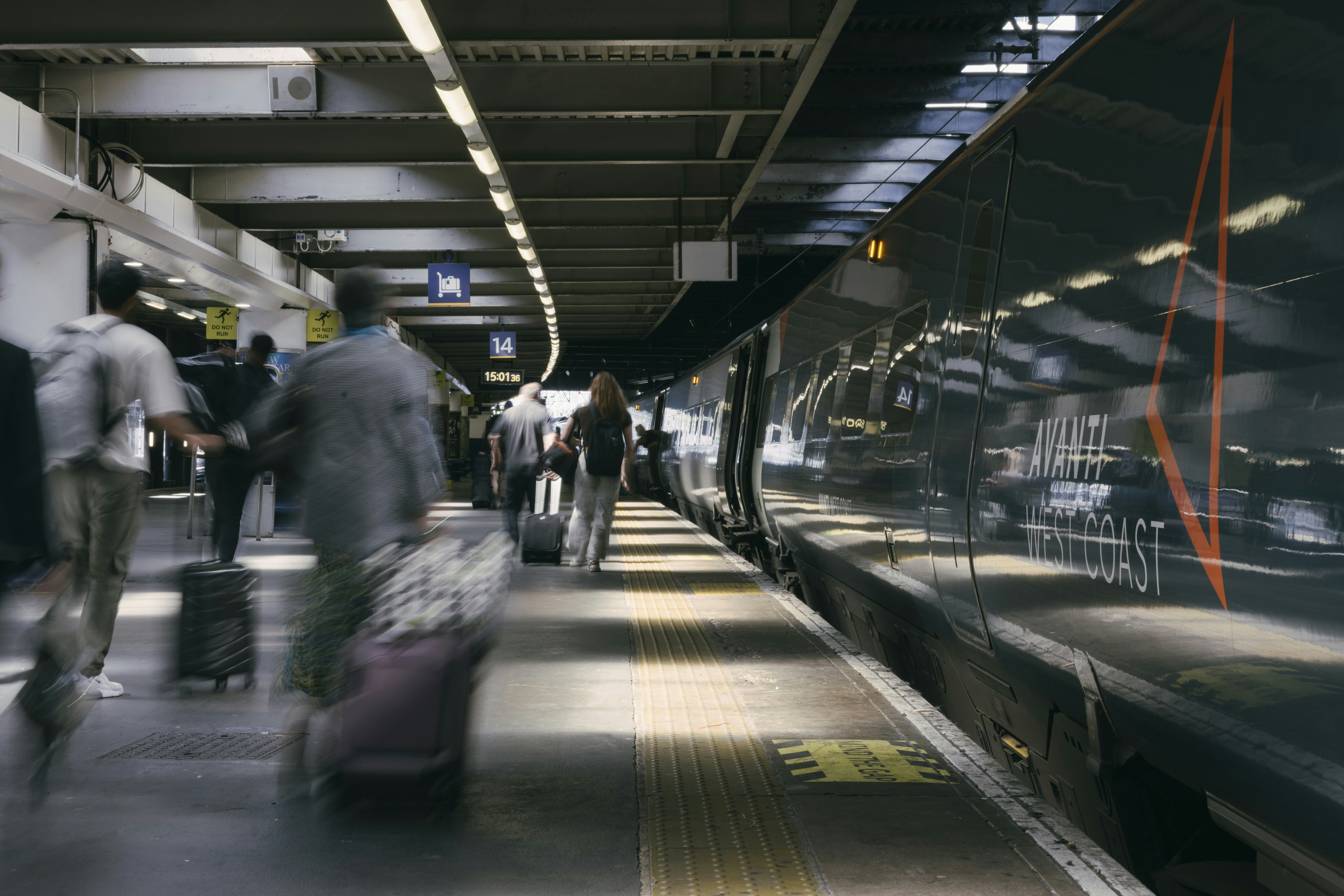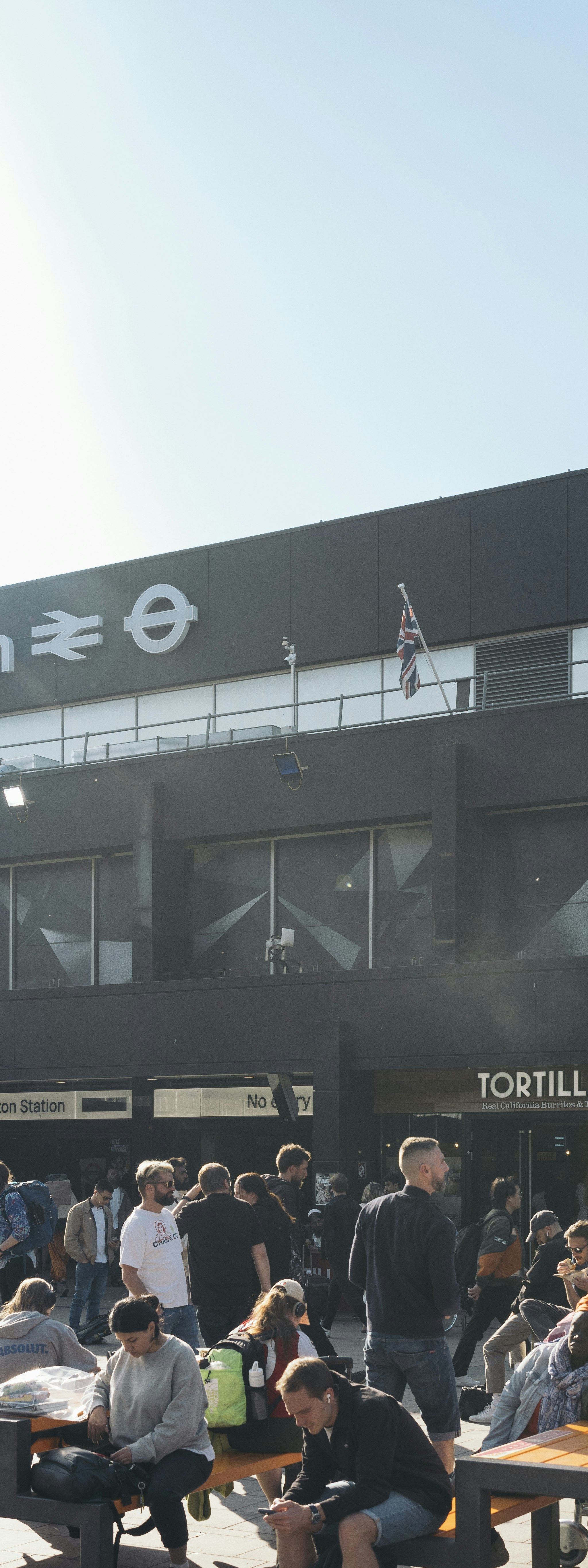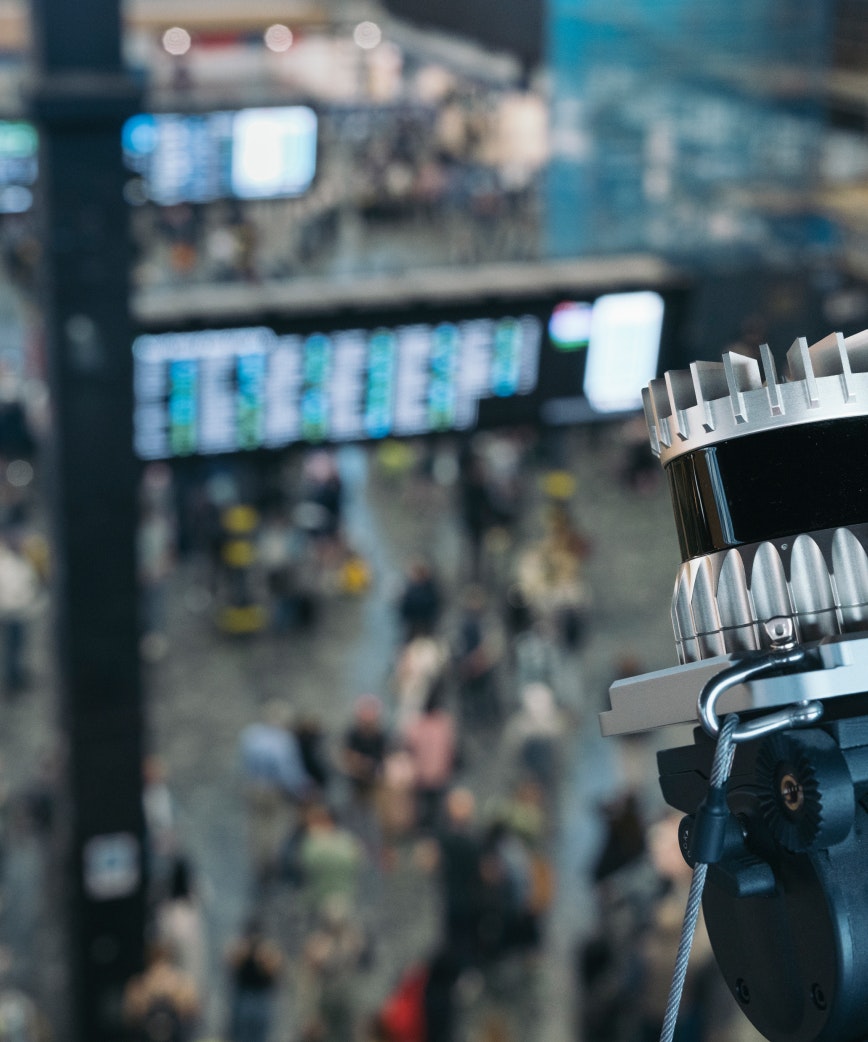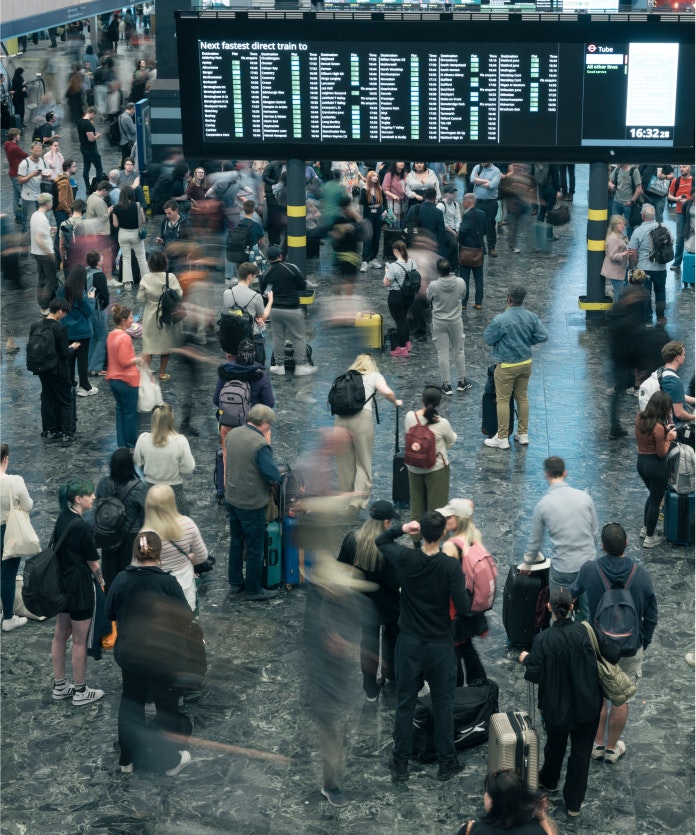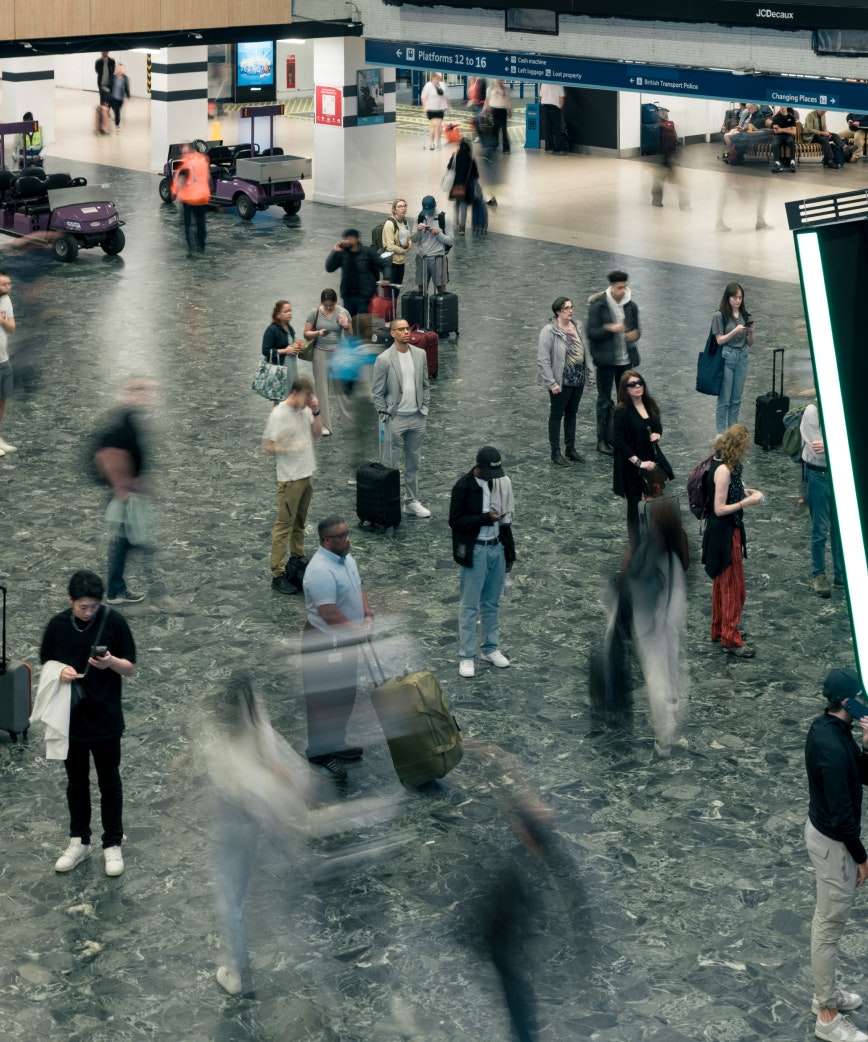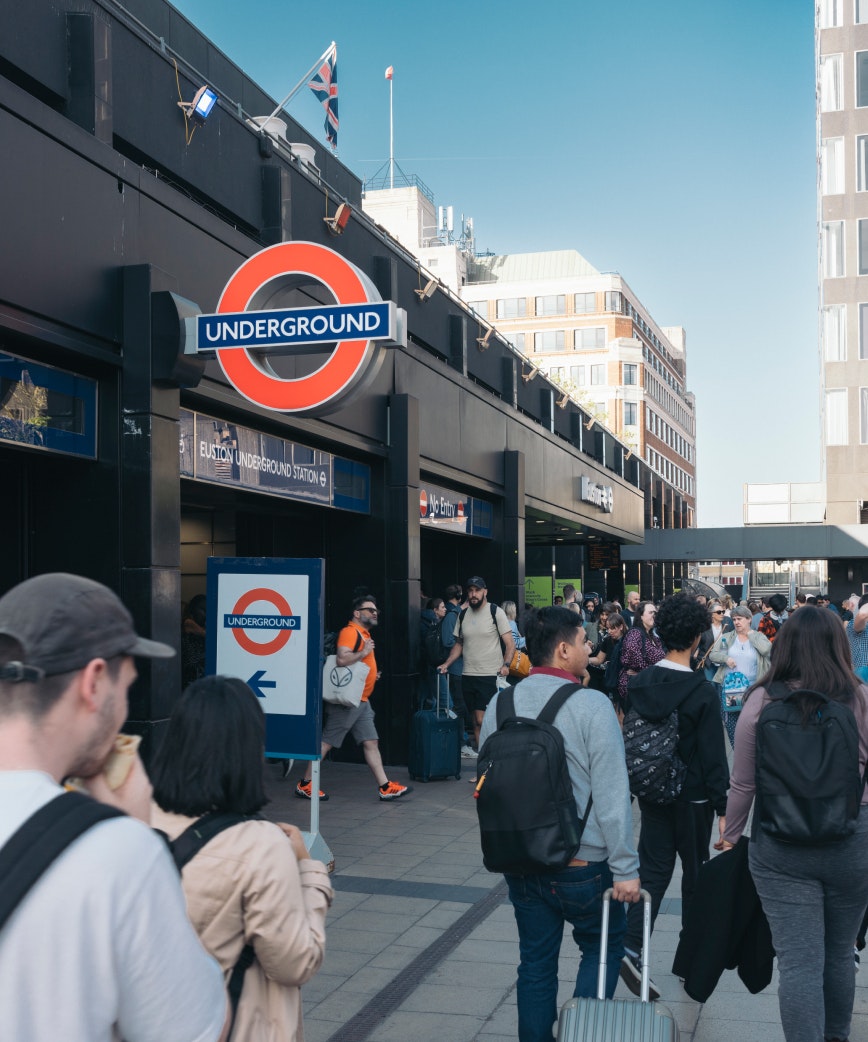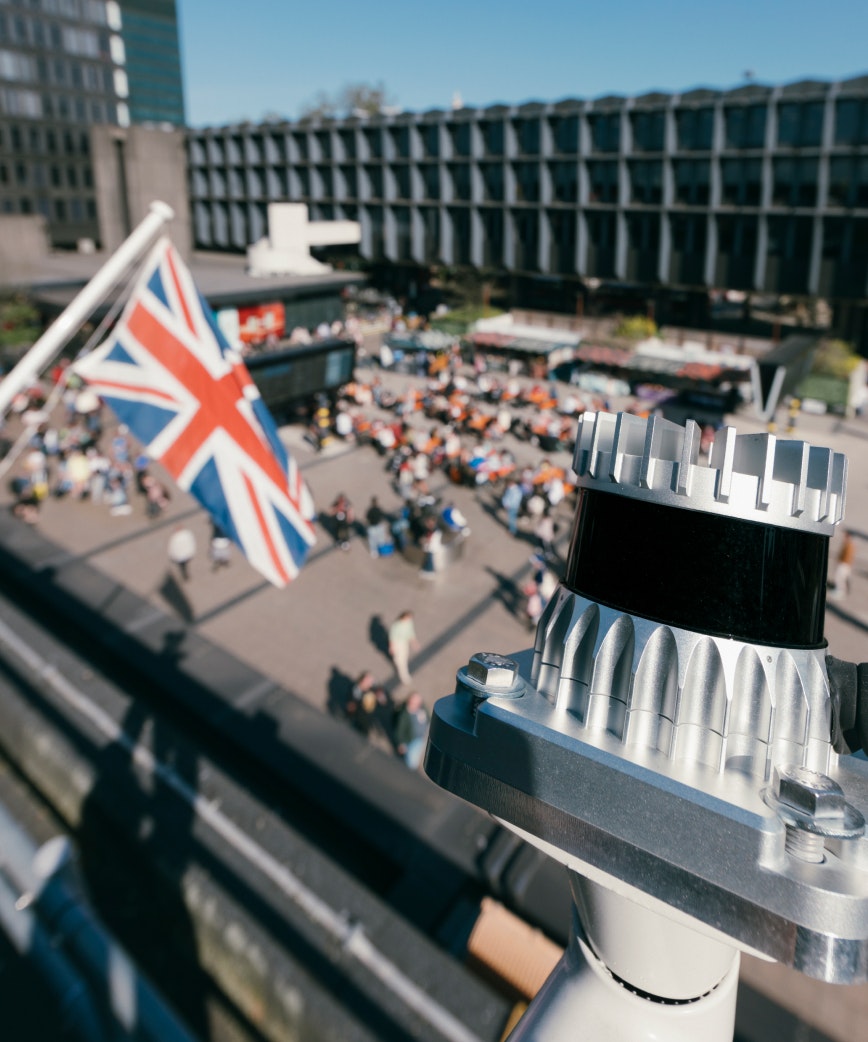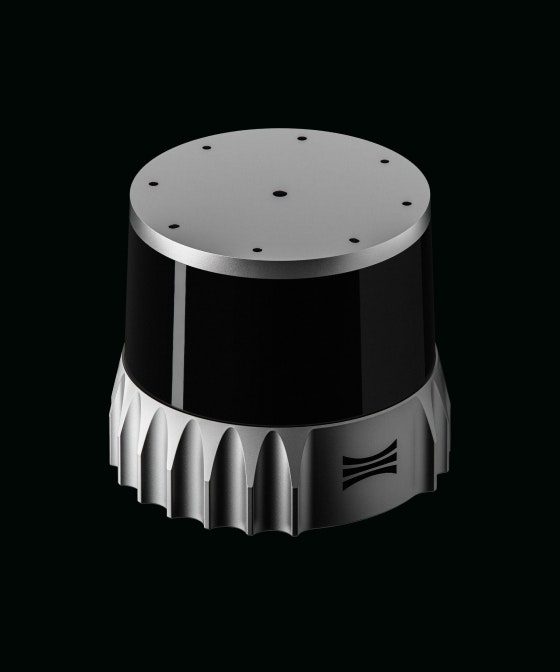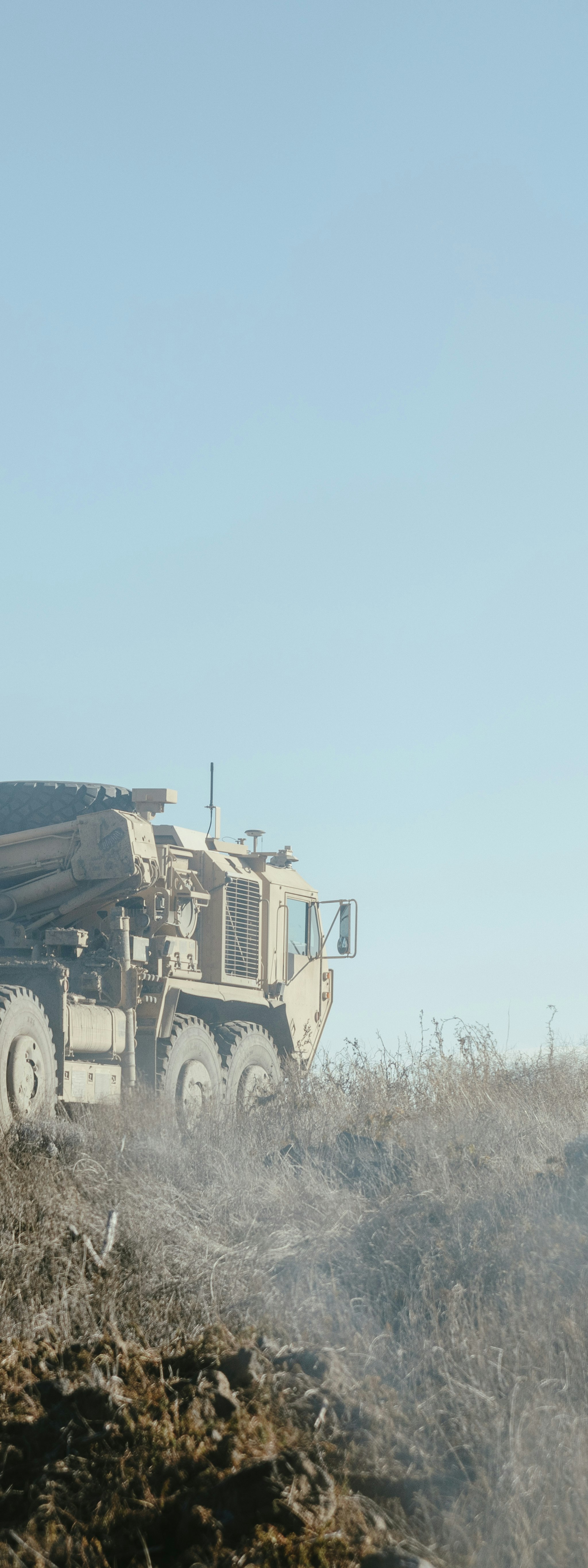Mobility focused crowd analytics and planning.
Mobility hubs occupy a pivotal role in the transportation industry. Train stations, bus stations, airports, and public transit hubs serve a pivotal role for millions of journeys every year, yet managing them effectively poses a significant challenge due to the lack of essential data, analysis, and tools, leading to a disconnect between station design and real-time and anticipatory operation.
Customers and travelers are often faced with uncomfortable, frustrating, and dangerous situations due to inadequately informed processes. However, as near perfect people measurement and crowd analytic data begins to emerge, thanks to technologies like lidar and Ouster’s perception software, Gemini, Open Space has created an innovative solution that ensures customer experience maintains a central role in the future of mobility hub design, planning, optimization, and operation.
The Challenge
Mobility hubs are vital to our transportation system, but their seamless operation has been hindered by persistent challenges. Professionals responsible for these hubs grapple with a shortage of crucial data and tools needed for informed decision-making. Bridging the gap between the initial design phase and the dynamic operational reality is extraordinarily complex and is frequently overlooked.
Day to day operations are likewise negatively impacted by the lack of data and decision making tools. Station managers are frequently left to reactive fixes for problems they observe in real time as opposed to proactively adapting based on impending scenarios that only data can predict.
The station is a lot calmer, the passengers have become a lot calmer, and the chaos is gone.

The Solution
Open Space takes an innovative approach to address these challenges. Their people-centric digital twin platform integrates lidar sensing and perception with their unique suite of tools to measure the impact of crowd behavior on station operation. This integration illuminates a path to data-driven insights, offering a solution for the complex dynamics of people flow within mobility hubs.
Results
Open Space's solutions have brought about remarkable transformations within mobility hubs:
1. Real-Time Passenger Monitoring and Synthetic Environments
Tracking real-time movements of individuals using advanced computer vision technology.
The Rapid creation of fully annotated 3D representations of stations or airports.
Integration of diverse data sources, from train and bus arrivals to Wi-Fi analytics and gateline counts.
2. Intelligent Data Visualization
Enhanced crowd management grounded in evidence-based visualizations.
A comprehensive understanding of real-time mobility hub performance.
Immersive stakeholder experiences of relevant spaces.
Seamless integration with legacy systems and data.
3. Advanced Pedestrian Simulation
Automation of people movement surveys through computer vision technology.
Real-time production of Origin-Destination matrices powered by AI.
Dynamic recalibration of simulations using vast real-world data.
4. Enriching the Passenger Experience
Streamlined operations through predictive alerts and actionable insights.
A superior passenger journey experience.
5. Measuring Impact
Precise measurement of mitigation strategy effectiveness.
Data-driven maintenance decisions, such as escalator and lift upkeep.
6. Live Deployment at St Pancras Mobility Hub
Open Space made history with the world's first real-time synthetic built-environment deployment at St Pancras mobility hub in 2019 and are currently expanding their integration to other London based stations, such as Euston Station. Using 3D lidar scanning, Gemini perception software, and automated object annotation they are transforming these stations into dynamic virtual worlds. AI-powered pedestrian simulation provides real-time visibility into movement, footfall, and congestion hotspots, enabling informed decisions and Decision support through data visualizations and mobile alerts enhanced safety and customer experience.
Open Space's unwavering commitment to improving mobility hub decision-making is encouraging. By placing people squarely at the core of this process, they have empowered operators and designers to navigate the intricate landscape of mobility hubs with unprecedented precision and efficiency.
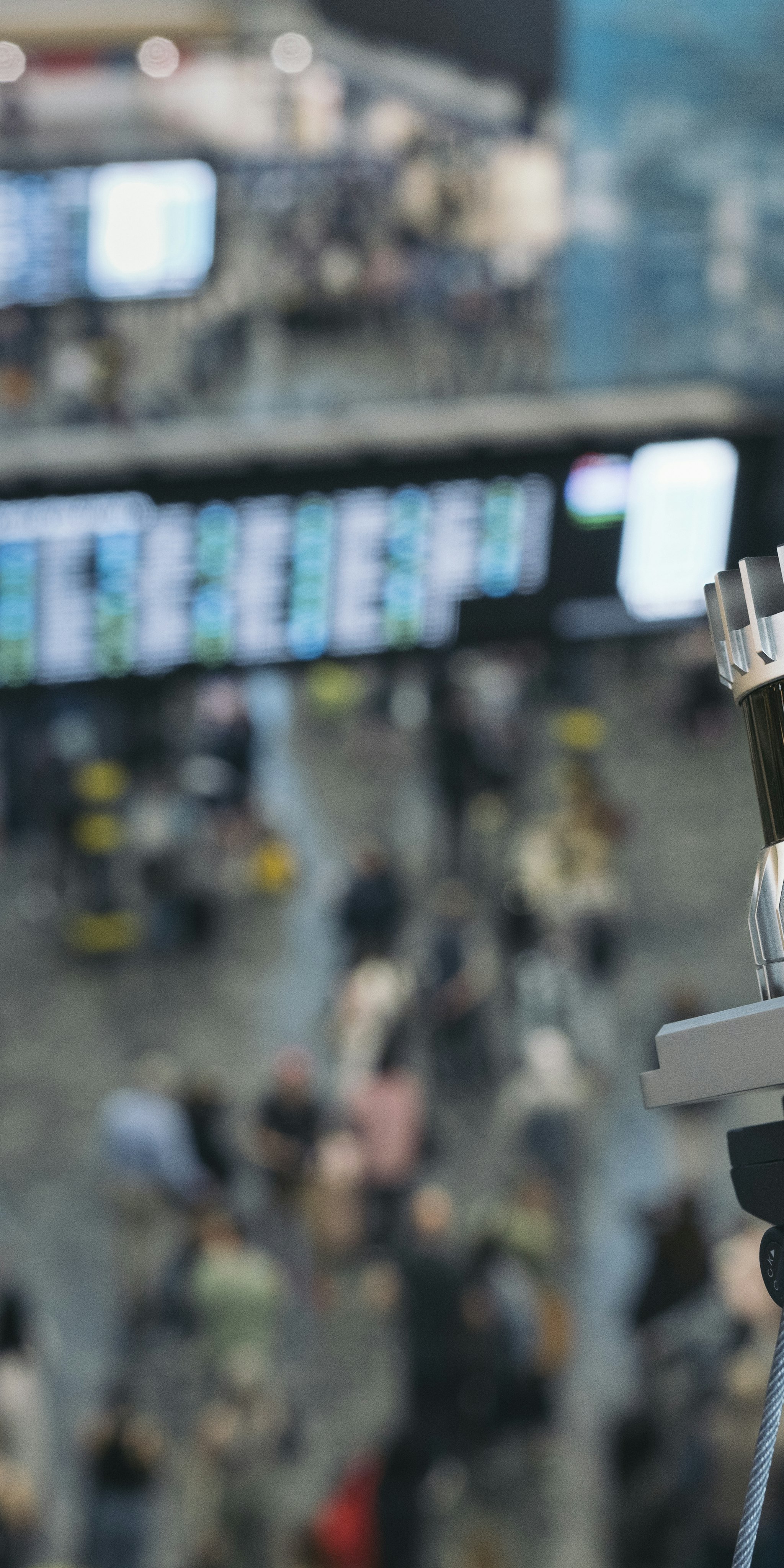
We selected Ouster because they are able to measure people in a way that is unparalleled in terms of not only accuracy but also in terms of the area of coverage that each sensor can monitor.
